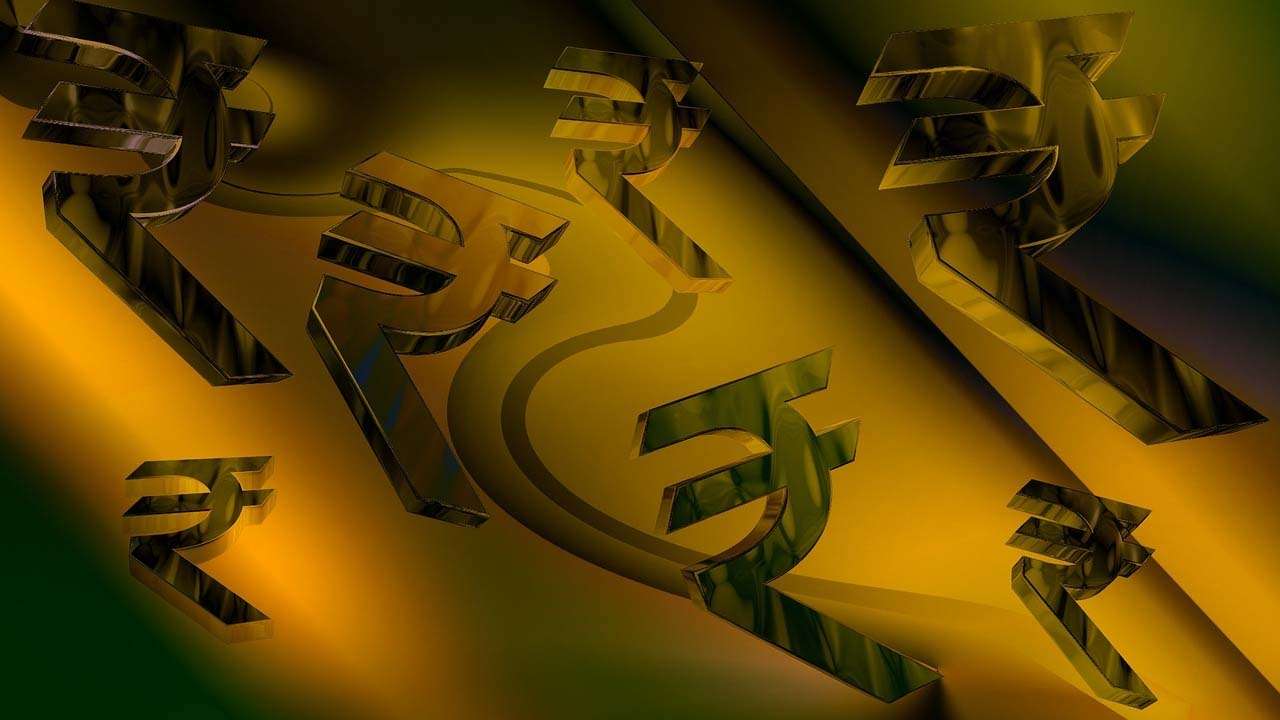
Finance Minister Nirmala Sitharaman on Tuesday announced the launch of the Digital Rupee in her Budget 2022 speech. Digital Rupee is a central bank digital currency (CBDC) which will come into existance from 2022-23 onwards.
The Reserve Bank of India's digital currency, 'Digital Rupee' will be launched at the beginning of the new financial year. Digital Rupee will be launched in the market through the use of blockchain technology. This will give a new dimension to the digital economy and will make currency management more efficient and less costly, the Finance Minister said.
Earlier, there were speculations that the Modi government may make an announcement regarding the taxation on cryptocurrency. During the boom of cryptocurrency, the Central government had said that the country would have its own digital currency. The Reserve Bank of India had announced that it would bring its own digital currency.
The full form of digital currency is Central Bank Digital Currency or CBDC. It will be issued by the Reserve Bank and will get the recognition from the government.
CBDC is a legal tender issued by a central bank in a digital form. It is similar to a fiat currency issued in paper and is interchangeable with any other fiat currency.
It will be included in the balance sheet of the central bank. The speciality of digital currency is that it can be converted into the sovereign currency of the country.
Digital Rupee will be of two types - retail and wholesale. Retail digital currency is for common people and companies, wholesale is meant for financial institutions.
READ | Amrit Kal to India at 100: Union Budget 2022 simplified in 40 points
It is a Digital Ledger Technology (DLT) that is digitised and decentralised. It gives access to a public ledger consisting of all the transactions in a system of networks.
It is called a block chain as these blocks act like a chain where every block adds in chronological order. New block would contain a hash (link) of the previous block.
Like banking system, the blockchain will constitute the bank's financial transactions throughout its history and a block would be an individual bank statement.
So, the blockchain would have the records of the requester's transactions from the first transaction (first block) to the most recent one.
Each block is protected by encryption because these blocks are connected to each other through electronic means. This is a very old technology.
It was first adopted in 1991 by Stuart Huber and W Scott Stornato. The main purpose of its technology was to timestamp digital documents, so that it could not be tampered.
When someone requests a transaction (involving contracts, records, currency, etc.), it transmits to a P2P network which consists of computers known as nodes.
These nodes validate the transaction and user's status using algorithms. Once it verifies the transaction it is added to the ledger.
This means a new block adds to the blockchain in a way that is it unalterable, and the transaction is now complete.
Bitcoin is a cryptocurrency, while blockchain or a digital ledger is a distributed database.
Bitcoin is powered by blockchain technology, but blockchain has found many uses beyond Bitcoin.
Bitcoin promotes anonymity, while blockchain is about transparency.
Blockchain is a platform where not only digital currency but also anything can be digitised and its record can be kept.
Bitcoin is a digital medium through which some things can be sold and bought. However, it has no value in the real world.